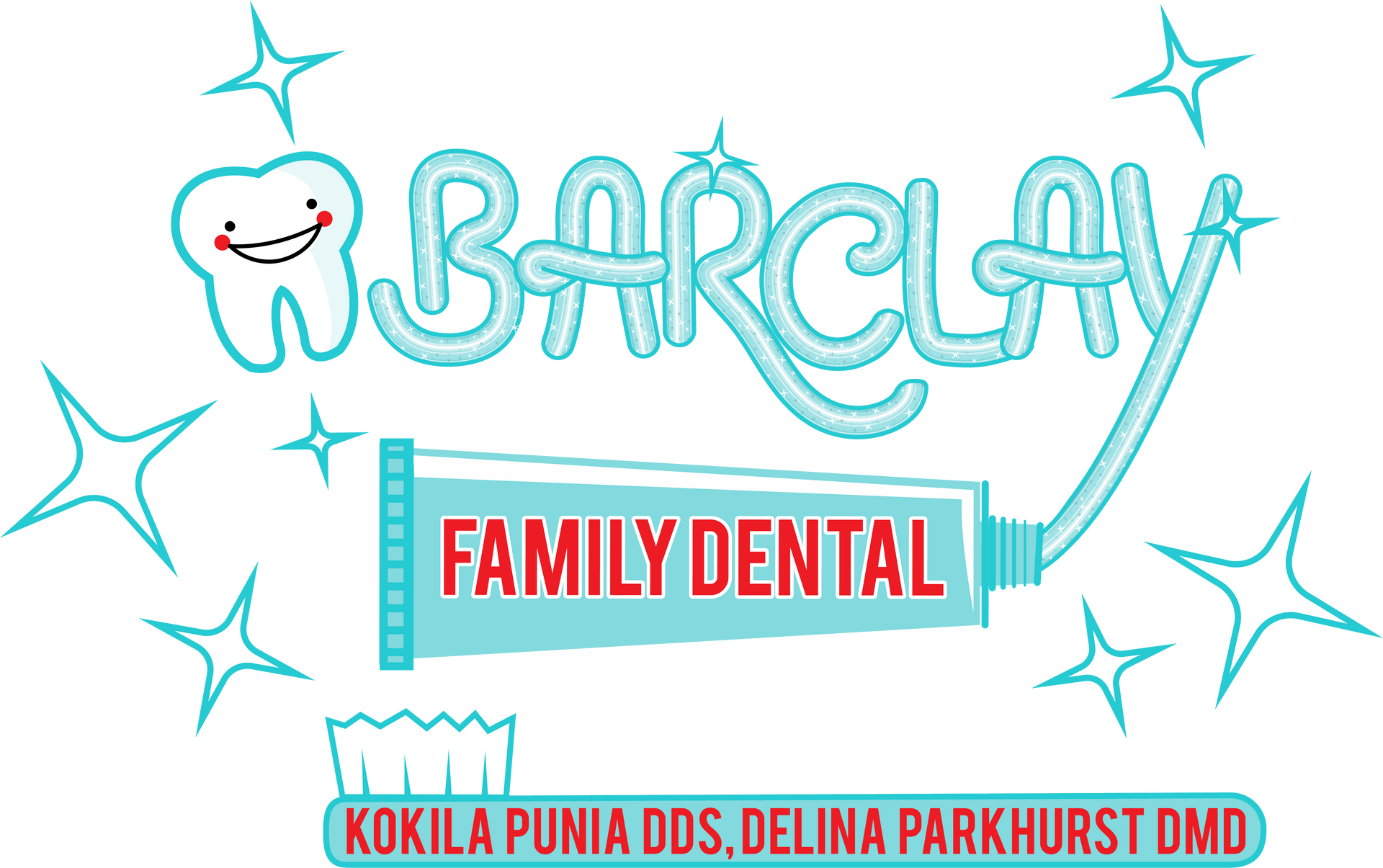Dental Implant Maintenance In Cherry Hill, NJ
In a nutshell, cleaning around dental implants differs from natural teeth for two reasons: the first is that both implants and natural teeth attach to surrounding bone and gums in a very different way; secondly, the materials used for dental implants are different from natural teeth. Essentially, dental implants replace teeth roots and dental crowns, dental bridges, or dentures are attached to the implants through a connector piece known as an abutment.
Cleaning implant-supported tooth replacements is just as important as cleaning natural teeth, as both depend on healthy surrounding tissues for support. Plaque collects on implant crowns just as it does on natural teeth and must be removed daily at home with proper flossing and brushing. Without daily care, an infection may develop known as peri-implantitis which can result in the loss of the implant. Unlike inflammation around teeth, this reaction can be quite catastrophic, quickly leading to a loss of bone around the affected implant which can rapidly progress to the loss of the implant itself.
Our dental hygiene team has an important role to play in keeping dental implants infection-free, and there are many factors to be considered in selecting the right instruments for a professional cleaning. In order to choose the most effective dental instruments possible, we must perform an oral exam to better understand the nature of the debris, the location of the deposits, the type of surface on which the debris accumulates, and the stubbornness with which they adhere.
Our team must select instruments for cleaning that will not impact the crown, bridge, denture, abutment, or the implant itself. Maintaining the highly polished, smooth surface of the abutment and attachment are critical. If they are scratched, they can attract and harbor bacteria. That is why the instruments used are most often made of plastics and resins. Natural teeth do not scratch in the same way, and therefore metal instruments can be used to clean them.
If any part of the implant body itself is visible, this may mean there is infection that has resulted in gum and/or bone loss. The implant surface becomes exposed following loss of its fusion to the bone. Implant surfaces are generally microscopically “roughened” to increase surface area for bone attachment. But this surface roughness makes implants difficult to clean and disinfect. Additionally, some implants are screw-shaped, and their threads add to the cleaning dilemma.
Despite these special cleaning challenges, implants are highly successful. In fact, studies indicate long-term success rates are well over 95%. However, the prevention of peri-implantitis is fundamental to implant health, maintenance, and function. And cleaning implants and their related components is an important part of their success.
